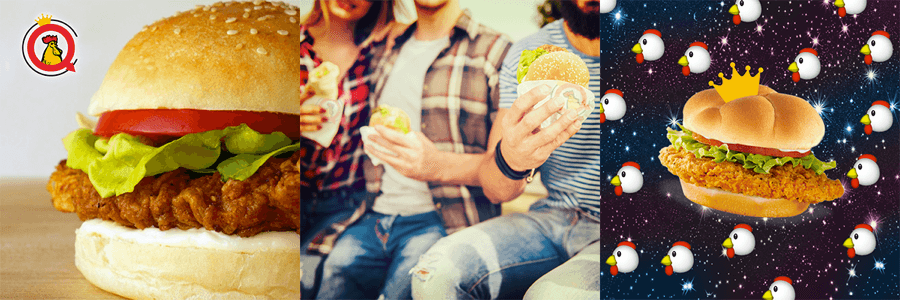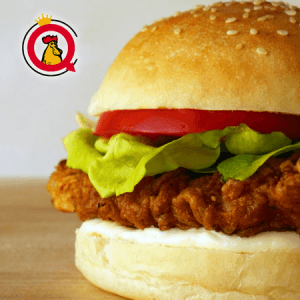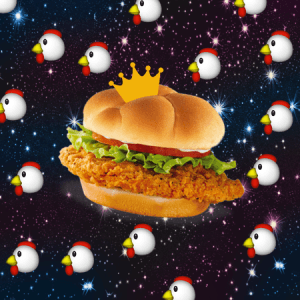
The X Y Z’s of Social Media Marketing: How to Target Three Distinct Generations

A big advantage of digital and social media is having the capability to target exactly who you want to reach. With such fine-tuned targeting tools at your disposal, there is no longer an excuse to blast out the same messaging to everyone; now is the time to refine creative and optimize approaches to your various segments.
Your target market should be well established and narrowed to fit the needs of your brand—that’s a no-brainer. However, there are strategies and modifications that should be kept in mind when dealing with smaller segments of your target market.
In the examples below, I’ll look at how to market one product to three important but distinct age groups: Generation X, Millennials and Generation Z. A key to appealing to these varying age groups is understanding their core motivations. These fundamental anxieties tend to influence decision-making, including which brands they choose and the products or services they purchase. Psychologist Erik Erikson famously articulated his stages of psychosocial development, which will act as a reinforcing source of justification for these different approaches.
Let’s take a look at Chicken Queen, a fictional fast food chain with over 600 locations nationwide. Like many fast food brands, Chicken Queen appeals to people of various generations. Their hallmark product, The Big Meaty, is a certified-organic fried chicken sandwich. Let’s see how Chicken Queen should approach marketing The Big Meaty to three distinct age groups on social media.

Social Media Marketing for Generation X – Ages 35 to 55

“Now that’s a healthy bird. The Big Meaty, made with all-natural organic ingredients.”
Key Points: Be direct, use traditional aesthetics
Ideal Marketing Platform: Facebook
Generation X tends to be less tech-savvy than the other two generations in discussion, so a simplistic and direct visual and messaging are especially important to reach them effectively. Selling a chicken sandwich? Show them a chicken sandwich.
U.S. consumers ages 35-49 spend a lot of time watching TV and listening to radio compared to younger age groups, so what they’re exposed to tends to be more traditional advertising. Keeping that look and feel on social media will provide them with messaging that’s in line with their expectations. Branding and logos are okay with this age group as long as they’re purposeful and unobtrusive.
The psychological assessment for this age group is centered around the struggle between Generativity and Stagnation, with concerns of contributing to society and guiding future generations. A large part of this internal struggle is Care, a renewed sense of mortality and the desire to maintain healthy life patterns. By pointing out the product’s all-natural organic ingredients in the copy we are tapping into that core motivation.
Social Media Marketing for Millennials – Ages 18 to 35

“Food for the flock.”
Key Points: Be authentic, appeal to social connection
Ideal Marketing Platform: Instagram
The ultimate consideration for marketing to Millennials is authenticity. These people grew up with technology and have the innate ability to filter out ads that are intrusive or don’t offer them anything of immediate value. Even GREAT traditional ads aren’t well received by Millennials, with only 1% reporting that a compelling advertisement would make them trust a brand more.
In order to get through to Millennials, your content has to resemble the type of content they are consuming and generating among their friends. Photo filters help a lot, and it’s important to tone down any branding/logos. You’ll see in the photo above that there is no blatant logo, but rather a subdued branding presence with the logos on the sandwich wrappers.
Another crucial factor is to appeal to social connection. Erikson’s stage for this group is based on love: Intimacy vs. Isolation. They want to fit in, and thus value friendships and social experiences very highly. Alluding to friends and relationships in your advertising can go a long way in reaching Millennials effectively.
Social Media Marketing for Generation Z – Ages 18 and under

“captain cluck: WARP-SPEED TO MOUTH NEBULA ha$htag chickenship”
Key Points: Be informal, tap into pop culture, get weird
Ideal Marketing Platform: Snapchat
“Generation Z takes in information instantaneously and loses interest just as fast,” 18-year-old lifestyle blogger Hannah Payne recently told the New York Times. And it’s true: Gen Z-ers don’t remember a time when there weren’t smartphones and social media, and have become the most technologically adept teens to date. Capturing their attention requires never-before-seen visual designs, stand-out messaging, and an overall feel that you would never typically attribute to a corporate identity. Being informal helps dramatically, with lower case copy and emojis leading the charge.
Pop culture is also a great way to connect with this age group; they’re in the psychosocial stage of Identity vs. Role Confusion as they transition from childhood to adulthood and question who they are and who they could be. Pop culture is Gen Z’s true north, a sort of shared understanding of what’s accepted in society and among their peers as they align their personal compasses and navigate the treacheries of adolescence.
Understandably, not all of the strategies and considerations mentioned above will jive with everyone or every brand. Us humans are complex and varied, impossible to concretely classify into distinct criteria. However, the broader trends and core motivations shown in these examples are a great place to start when marketing to these generations on social media.
Of course, these insights are useless if you are unable to implement them. With shrinking advertising budgets, how can marketers and agencies be expected to pull off these types of multivariate creative executions?
The ideal scenario is getting sign-off and funding from the client; make them understand how important it is to have multiple versions of creative. If the creative budget is restrictive, maybe balancing it with a larger media budget could be a possibility. If not, there are multiple options for a compromise.
Try using platforms that can help with automation and content creation; there are a growing number of solutions on the market that make the creation and maintenance of versioned creative for social platforms more viable. If customizing creative imagery isn’t possible, at least try to switch up the copy in order to reach targets more effectively with custom messaging.
If your budget is still being stretched too thin, try simply making less and promoting it more often. Fewer, quality posts that have proven their effectiveness will do better on most platforms than numerous, less compelling posts. Also, since a majority of the social channels you’re likely to be promoting on are pay-to-play, don’t waste your time with organic posts that only diehard fans will see on your page. Use this as a justification to limit creative production and instead create and promote only the best posts in your arsenal.
Back to Posts
